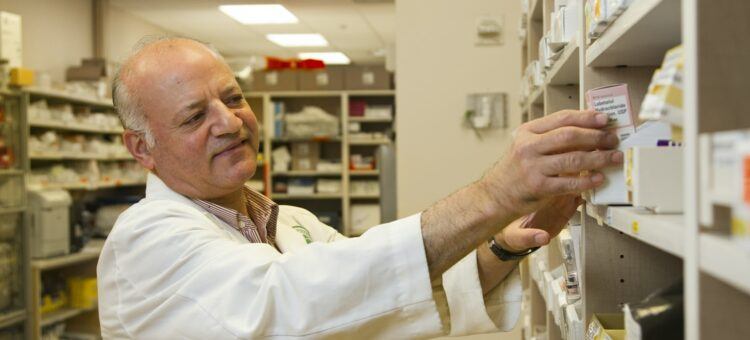A crucial part of medical care is ensuring that patients receive medication accurately and safely. Despite the guidelines and rules surrounding medication administration, medication-related mistakes are still one of the leading causes of mortality and morbidity in US hospitals.
If you are working in a healthcare facility or taking care of a patient, you should apply the proper strategies to ensure the safety of medication administration. Here are five techniques you can start with.
1. Prepare Precautions for the High-Alert Medication
High-alert medications pose an exceptionally high risk of harmful side effects or life-threatening allergic reactions. They include highly potent drugs, those with a narrow therapeutic index, those metabolized by the liver, are given in large doses, or are used when patients are on other medications.
The most common high-alert medications include analgesics, sedatives, insulin, chemotherapy, and heparin. These medications have a high potential to cause harm and must not be administered in the wrong dose, time, or route.
When you administer high-alert medication, you must follow a series of protocols to reduce the risk of errors. These include applying specific safety countermeasures, maintaining checklists to reduce the risk of mistakes, and requiring two people to do the process for double-checking.
2. Find Your Strategy for Look-Alike/Sound-Alike (LASA) Drugs
LASA medications are similar to each other or with another class of drug in terms of their appearance, pronunciation, or spelling. Such medicines can lead to significant errors if not appropriately identified.
To prevent such mistakes, healthcare professionals should speak out the name of the drug aloud and ask the patient if the given medication is the correct one. You could also use techniques like putting the medications in different bags or using different colors for different medication storage areas.
3. Support Caregiver and Patient Education
Educating caregivers and patients about medication administration is crucial as it will help them understand what they are taking and why it is crucial to follow directions. The knowledge of both caregiver and patients is also vital to improve medication safety, lower the risk of errors, and decrease the likelihood of a medication-related injury.
The more you educate, the more you will ensure the proper medication is taken at the right time.
4. Ensure Ideal Work Environment Conditions
Healthcare professionals must make sure their working environment is ideal for dealing with medications. This will help avoid mistakes as well as improve patient safety.
An ideal environment for medication administration should have a separate room for keeping high-risk drugs, a medication cart, and a medication storage system that is adaptable to the environment.
5. Invest in Medication Safety Technology
Medication safety technology helps improve patient safety and reduces the risk of medication-related injuries.
There are many advanced technologies available to ensure proper medication administration. Such technologies include barcoding and scanning, pill identification systems, and equipment used to measure various properties of the medication.
Final Thoughts
Medication errors are still widespread today. However, the risk can be significantly reduced with attention to detail and proper planning. Consider working with a company that offers medicine tracker solutions to help lower the risk of medication administration errors.
If you are looking for a medication management app, download MedManage today. MedManage offers cloud-based medication management for caregivers and patients. Through our mobile and web apps, people can have an accessible daily medicine log to help avoid administration errors. Download the app today or message us about your questions.

